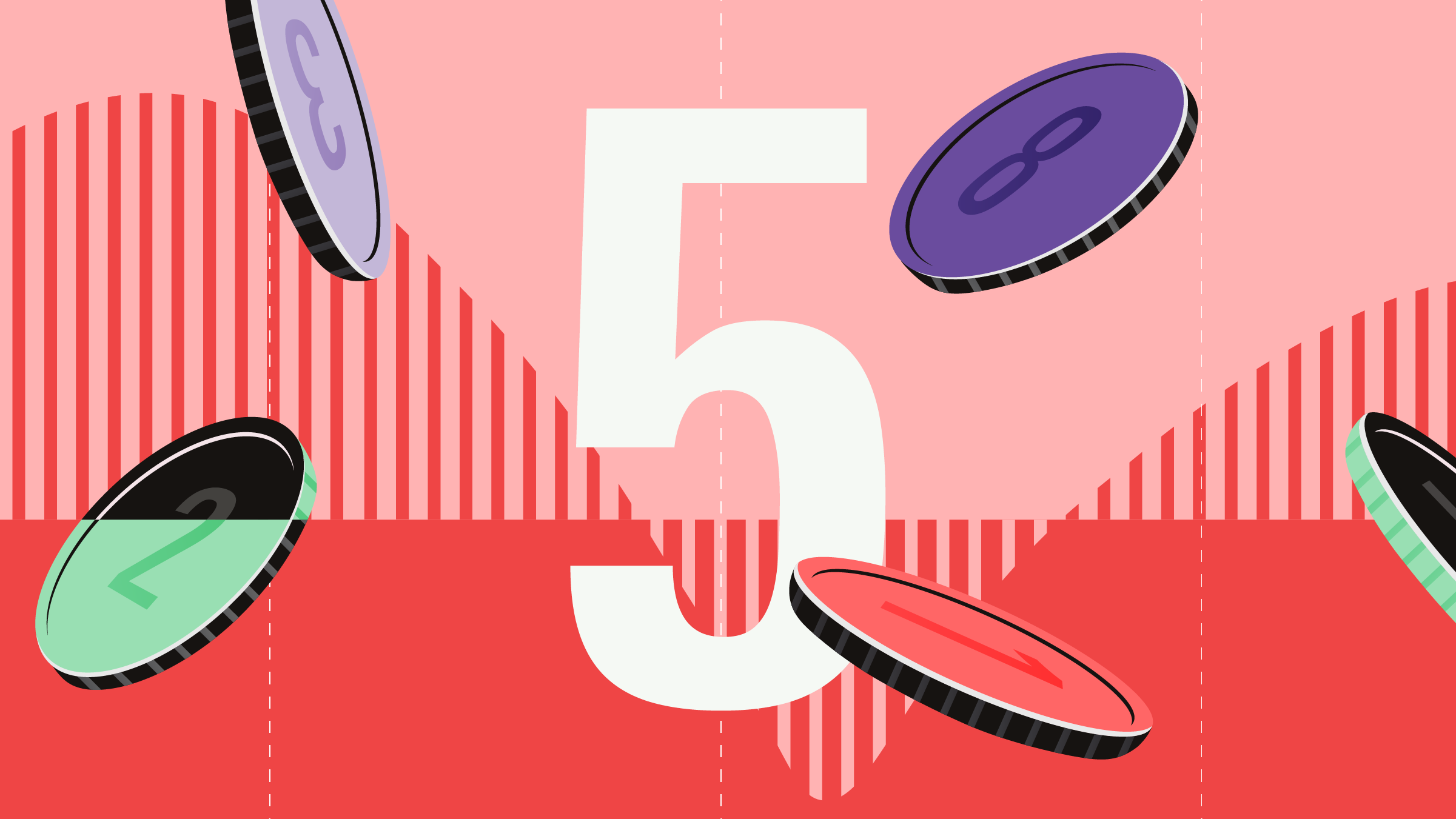Rolle im Portfolio
This exchange-traded fund provides exposure to 100 of the highest-dividend-paying companies in the United States, Europe, and Asia/Pacific. The fund’s benchmark, the STOXX Global Select Dividend 100, is broadly diversified across countries but is heavily tilted towards financials, which account for over 40% of total portfolio allocation. Given its sector concentration, this fund is best suited as a satellite holding, especially for investors looking for an income-enhanced strategy. Other top sectors include utilities and telecommunications.
The fund weights constituents by dividend yield rather than market capitalisation. By style, this fund leans towards value. The fund has a bias towards large- and giant-cap equities, but investors may also find smaller companies, not normally included in flagship market-cap-weighted indexes, among constituents.
This fund may be susceptible to value traps. A value trap, also known as a dividend trap, occurs when a company’s dividend yield is high only because its share price is low, reflecting the fact that the company may be in trouble. The risk is somewhat mitigated by the fact that a company must meet certain quality criteria to be included in the index, including having a five-year track record of non-negative dividend-per-share growth rates.
Fundamentale Analyse
This ETF is part of a growing cohort of strategic-beta funds that eschew market capitalisation in favour of alternative weighting methodologies--in this case, yield.
While many investors chase capital gains, historically much of the total return from equities has come in the form of dividends. Depending on the market, dividends have historically accounted for 40% to 60% of the returns from investing in stocks. Dividends allow investors to receive constant cash flows, increasing their personal income. They also gauge the company’s financial health as dividend distribution occurs when a company is profitable and generates excess earnings. Regularly paying out earnings to shareholders also reduces the chance of corporate management making unprofitable acquisitions.
Over the past few years, since interest rates have been historically low, income-deprived investors have looked to augment their returns with dividend-paying equities. This situation is about to change. The Federal Reserve and the Bank of England are looking to increase rates, while the European Central Bank and the Bank of Japan have indicated a willingness to increase monetary stimulus because of continuing deflationary pressure caused by declining commodity prices.
Dividend-payers tend to outperform in stable and declining-rate environments but struggle when rates are on an upswing. When rates rise, a company's cash flow is discounted at a higher rate. Many high-dividend-paying equities come from defensive sectors like utilities, consumer staples, and healthcare. These companies are less sensitive to the economic cycle, but when the economy is growing, they do not generate the same level of demand as cyclical and speculative equities.
Indexkonstruktion
The STOXX Global Select Dividend 100 Index is designed to represent the 100 highest dividend-paying stocks relative to their home markets. The index is derived from its broader benchmark, the STOXX Global 1800, but more specifically it is a combination of the Europe Select Dividend 30, the North America Select Dividend 40, and the Asia/Pacific Select Dividend 30. Components are fixed at 100, and the ratio of 30:40:30 ensures that the index is broadly diversified geographically. For a constituent to be included in the index, it must have a five-year historical track record of non-negative dividend-per-share growth rates and dividend/earnings per share ratios of less than or equal to 60% or 80%, depending on the region. Companies with the highest dividends will also have the largest weight. Constituents are capped at 10%. The cap factor is reviewed quarterly. The largest country exposure is to the United States (22%-26%), followed by the UK (16%-20%), Hong Kong (8%-12%), and Singapore (9%-13%). Currency weightings follow country allocation patterns. Financials account for the largest sector weighting (40%-44%), followed by utilities (16%-20%) and telecommunications (8%-12%). The index is well diversified by security with the top 10 holdings accounting for less than 20% of total index value. As of writing, Amlin, Sainsbury, and SSE PLC constitute approximately 2% each. The STOXX Global Sel Div 100 Index is reviewed and rebalanced annually.
Fondskonstruktion
The fund uses synthetic replication to provide exposure to the STOXX Global Select Dividend 100 total return index. Instead of holding the securities in the index, the ETF enters into an unfunded swap agreement with counterparty and parent bank Deutsche Bank AG. In this transaction, the ETF uses investors’ cash to buy a substitute basket of securities and exchanges their return (plus net of a swap fee, which can be positive or negative) for the return of the STOXX Global Select Dividend 100 Index. The swap is reset to zero whenever there is a creation or redemption in the fund or the maximum swap exposure exceeds 5% of the fund’s prevailing end-of-day net asset value. The substitute basket, which can change daily, is made up of liquid stocks that belong to eligible indexes and are traded on recognised exchanges. As the time of writing, the substitute basket was primarily made up of US, German, and Japanese stocks. The swap counterparty exposure was negative 2.86 (% of the fund’s NAV), with the substitute basket representing 102.86% of the fund’s NAV.
Gebühren
The fund levies a total expense ratio of 0.50%. The fund’s total expense ratio may be reduced by swap enhancements, which db-X trackers estimates to be around 0.20% per year. The fund’s estimated holding cost, as measured by tracking differences, is 0.30% per year, according to the company website. During the past three years, the realised tracking differences ranged from negative 0.36% to negative 0.12%. Swap enhancements can be achieved largely because the fund enjoys a better withholding tax rate than the index. Additional costs investors associated with trading the ETF include bid-ask spreads and brokerage fees.
Alternativen
There are three alternative funds providing exposure to global dividend stocks, the iShares STOXX Global Select Dividend (DE) ETF, the Lyxor SG Global Quality Income fund, and the UBS ETF DJ Global Select Dividend. These funds offer lower total expense ratios of 0.46%, 0.45%, and 0.30% for iShares, Lyxor, and UBS, respectively. The iShares and UBS funds use full physical replication methods, while Lyxor uses a synthetic portfolio construction.
Investors looking for global equity exposure can also look to standard market-capitalisation-weighted funds. The iShares Core MSCI World ETF, the cheapest product currently on the European market with global equity exposure, charges a total expense ratio of 0.20%.

















